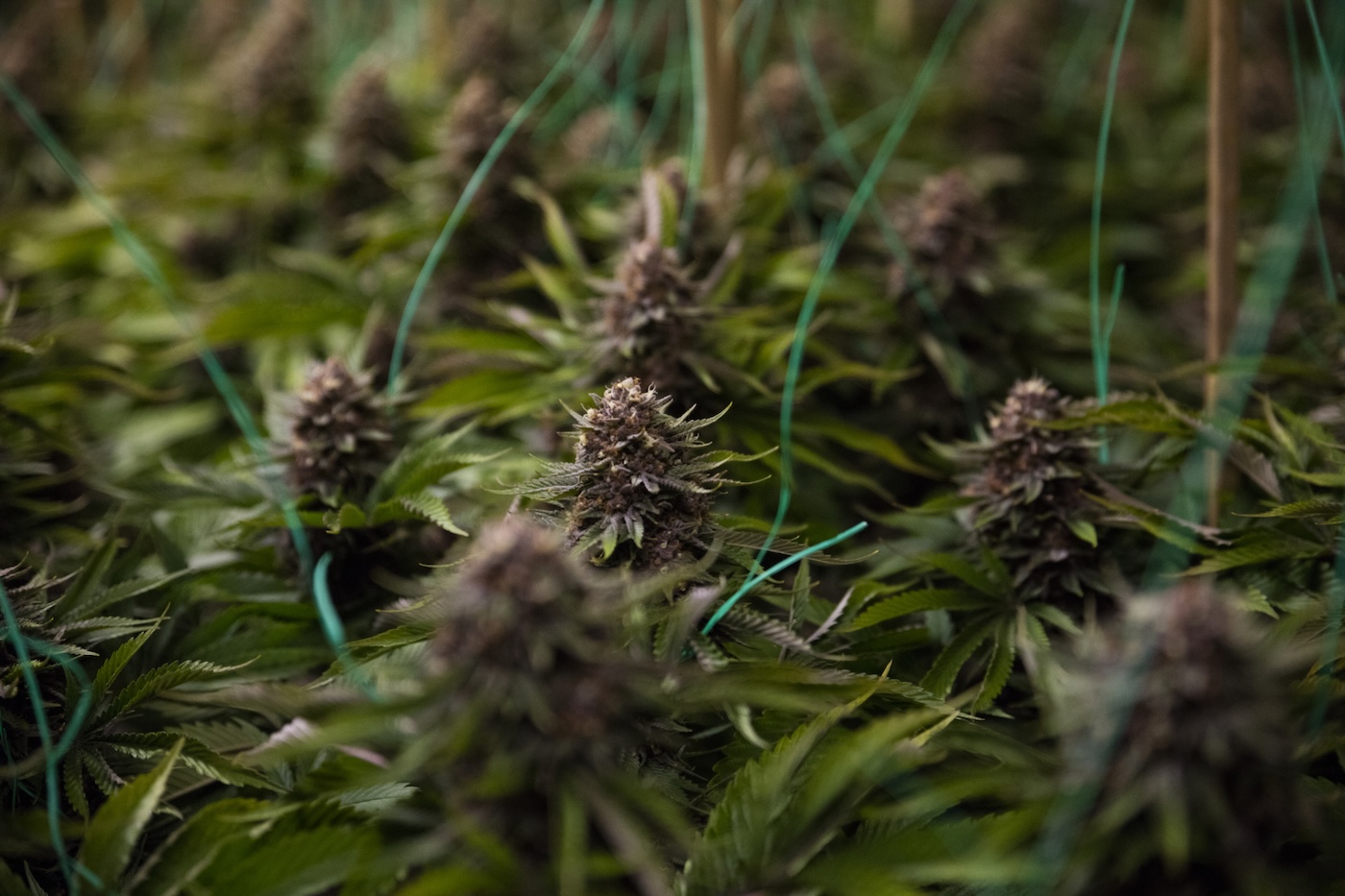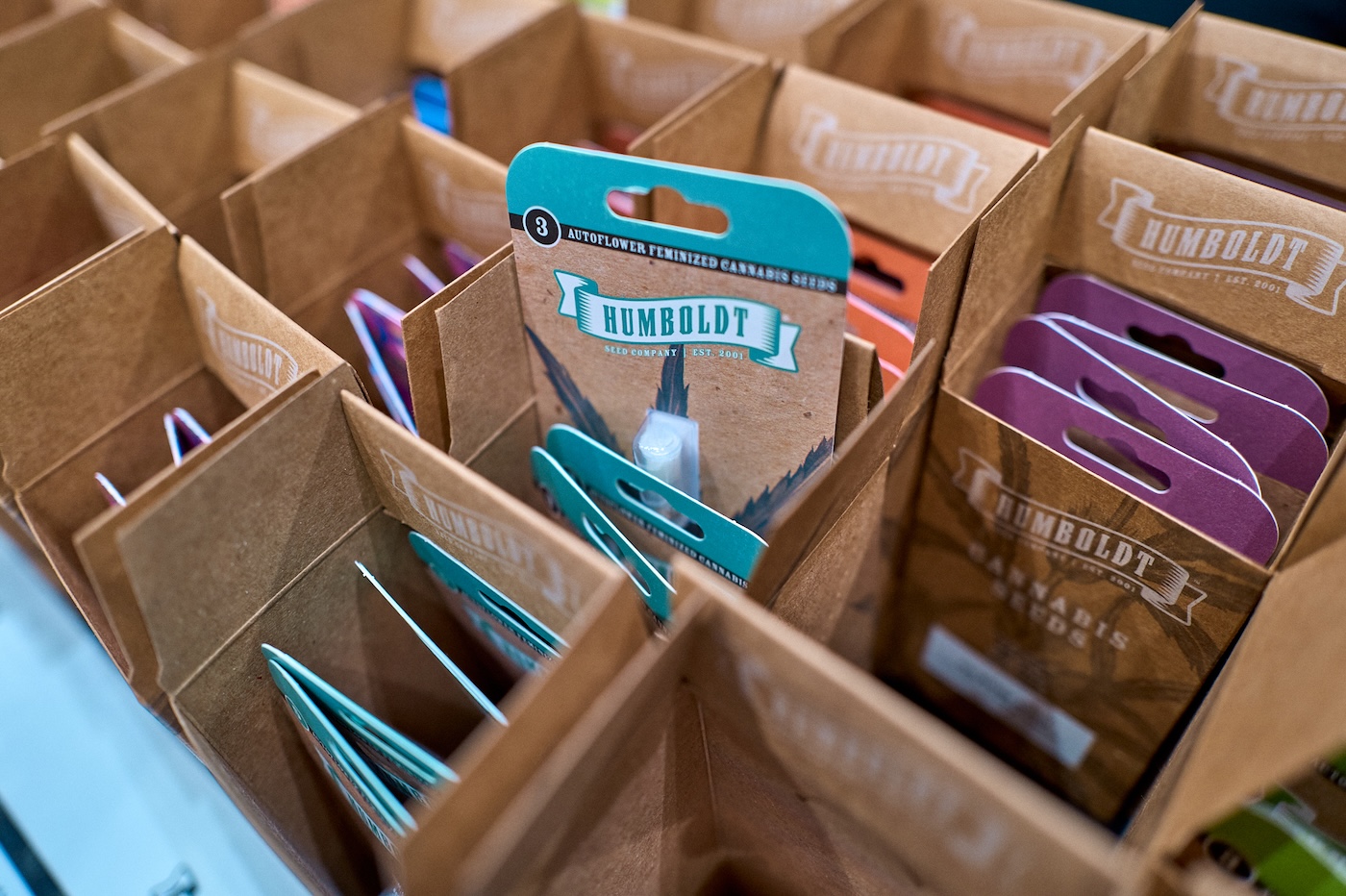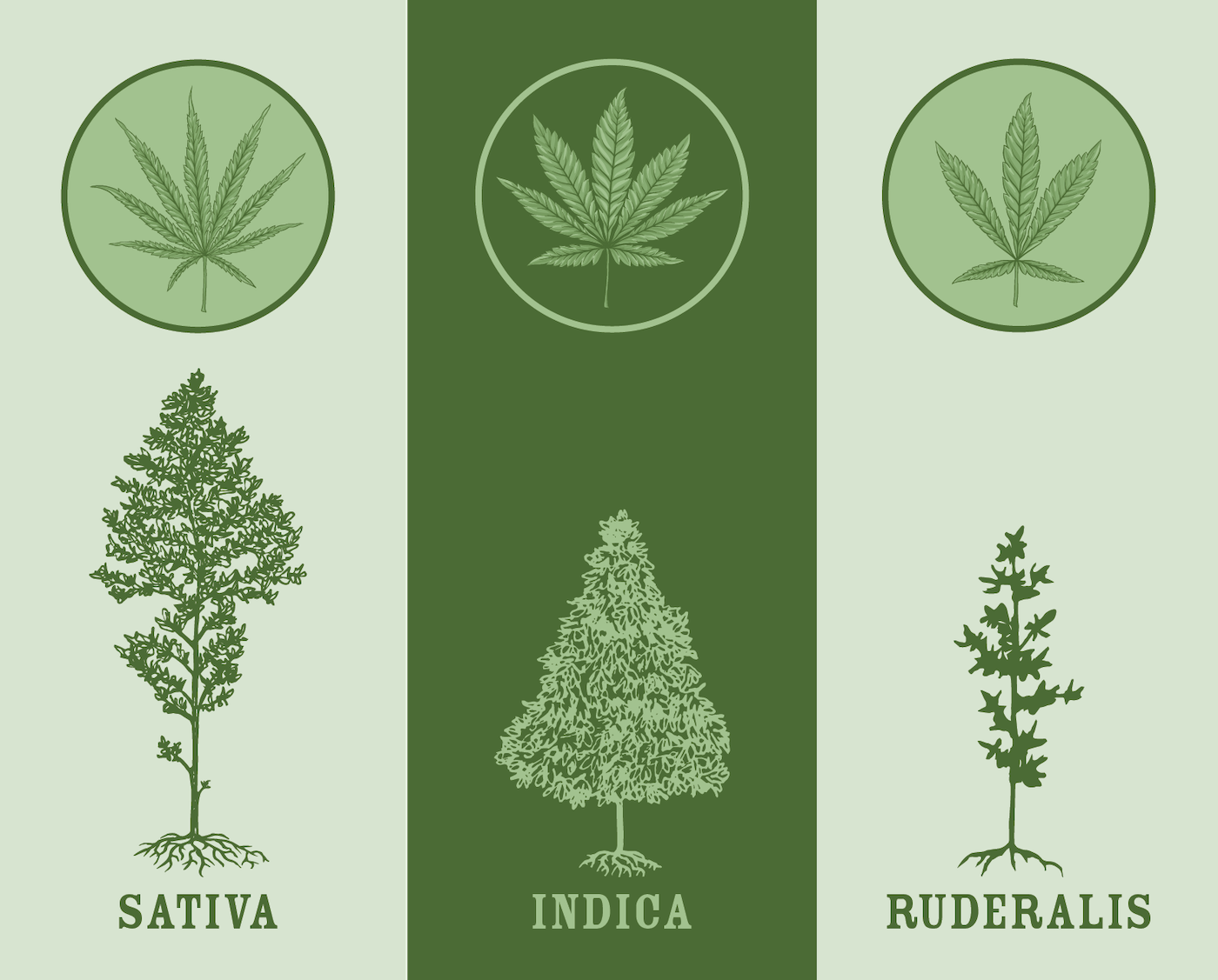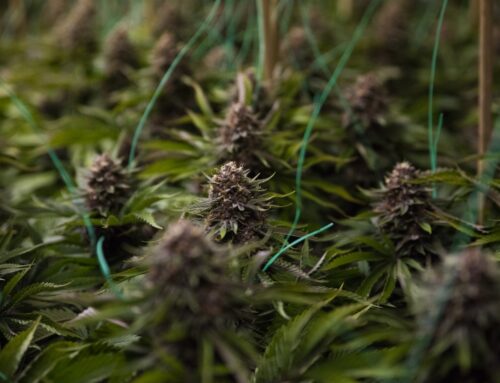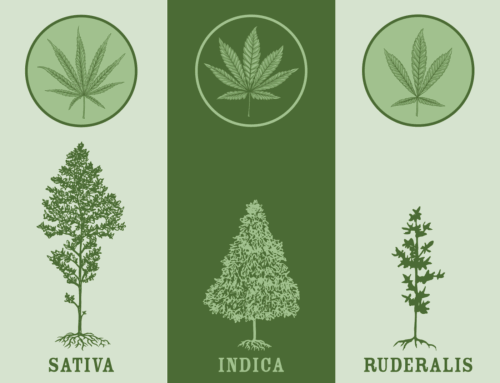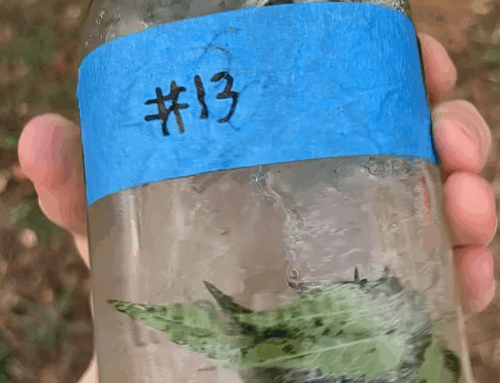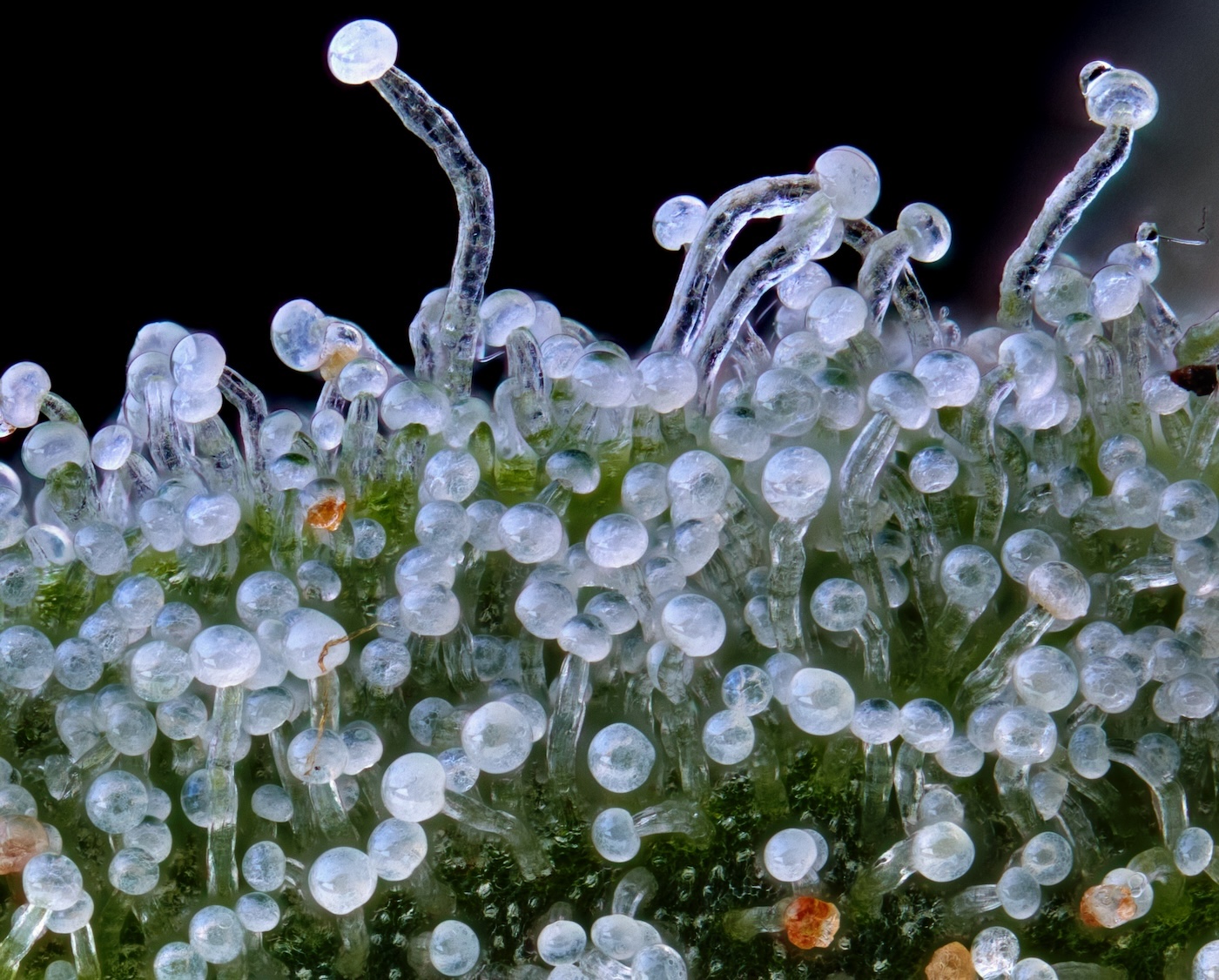
What is CBC in Weed?
The cannabis plant is incredibly complex, with hundreds of active compounds. The most famous are cannabinoids and terpenes, which drive the effects, flavor, and aroma. THC and CBD are the most prevalent cannabinoids, but there are minor cannabinoids as well, including the increasingly popular CBC cannabinoid.
CBC, short for cannabichrome (also called cannanbichromene, pentylcannabichromene, or cannabinochromene), is not overtly psychoactive like THC. It tends to make up less than one percent of the total cannabinoid concentration in a given strain, whereas THC may account for as much as 15-30 percent. However, people are starting to explore CBC and its potential benefits, specifically its anti-inflammatory properties.
If you searched for “what is CBC in weed?” then you’ve come to the right place.
CBC benefits
CBC has many potential benefits, with peer-reviewed studies showing its promise as an anti-inflammatory, anticonvulsant, and antibacterial, among others. It may even enhance the effects of psychoactive cannabinoid THC.
In the human body, cannabinoids bind to and modulate CB1 and CB2 receptors within the endocannabinoid system (ECS). CBC has a stronger connection to the CB2 receptors, which are mostly found in the immune system. This may explain CBC’s potential in reducing pain and inflammation. These receptors are not known to produce psychoactive effects.
CBC also may have anti-cancer capabilities. A 2006 analysis published in the Journal of Pharmacology and Experimental Therapeutics showed the cannabinoid ranking just behind CBD and CBG in its ability to inhibit tumor growth. Furthermore, the body’s natural cannabinoid (known as anandamide) has shown anti-cancer potential in research published by the National Library of Medicine. Since CBC may help keep this compound in the bloodstream for longer periods of time, it could act in a supplementary role in cancer treatment.
CBC vs CBCA
All CBC in cannabis and hemp plants begins as cannabichromenic acid (CBCA). Once the CBCA is heated (aka decarboxylated), it’s transformed into CBC. The same process transforms THCA from cannabis plants into THC.
Little research has been conducted on the benefits of CBCA. However, CBC has shown potential as an anti-bacterial, and the CBCA precursor may also be effective. One study found the compound has promise in treating MRSA, a viral bacterial responsible for several aggressive infections. However, more studies will be needed to confirm the results.
THC and CBC together
While CBC is still a relatively unknown cannabinoid, there have been a few things revealed about how it works alongside its more popular cousin, THC. One common theory centers around the entourage effect, which is the idea that all parts of the cannabis plant work together in concert to amplify each other’s effects. In this particular combination, THC is seemingly the star of the show, and CBC is its talented backup singer.
Why the dynamic? Several studies have indicated CBC may enhance THC’s effects. In one analysis of CBC’s abilities, authors pointed to research showing CBC improved the efficacy of THC as an analgesic. Another study indicated THC could be a stronger anti-inflammatory agent when paired with CBC.
As far as whether CBC will enhance your high from THC, the jury is still out. However, it may be possible. Because of how CBC interacts with the body, it may increase levels of the body’s own endocannabinoid anandamide by inhibiting its breakdown. Anandamide enhances mood and may synergize with THC, which, in theory, could elevate your buzz.
CBC vs CBD
CBC and cannabidiol (CBD) are somewhat similar. They’re both minor cannabinoids used for reducing inflammation and are not overtly psychoactive. However, CBC interacts with the body in a slightly different way than CBD.
In addition to CB1 and CB2 receptors, CBC also binds to TRPV1 receptors in the nervous system. This makes it ideal for treating inflammatory conditions. CBD prefers to bind with 5-HT1A receptors, which are found in the brain and are associated with mood. This makes many CBD products better for easing anxiety and depression.
4 High-CBC Strains
Since CBC is a minor cannabinoid, it’s typically not found in higher doses in commercial cannabis. However, if you’re looking for high CBC strains, these varieties do have a small concentration.
Honey-Tsu (CBC 2%)
Part of Humboldt Seed Company’s CBD Trifecta line, Honey-Tsu is excellent for people seeking gentle, smooth relief. It has an unusual terpene makeup, including the rare terpene farnesene, known for its green apple-like aroma and anti-inflammatory effects. Honey-Tsu also has several minor cannabinoids present, including CBC. For growers seeking a high-CBC strain, this one is a winner; its Canna-Tsu genetics are known for their impressive yields.
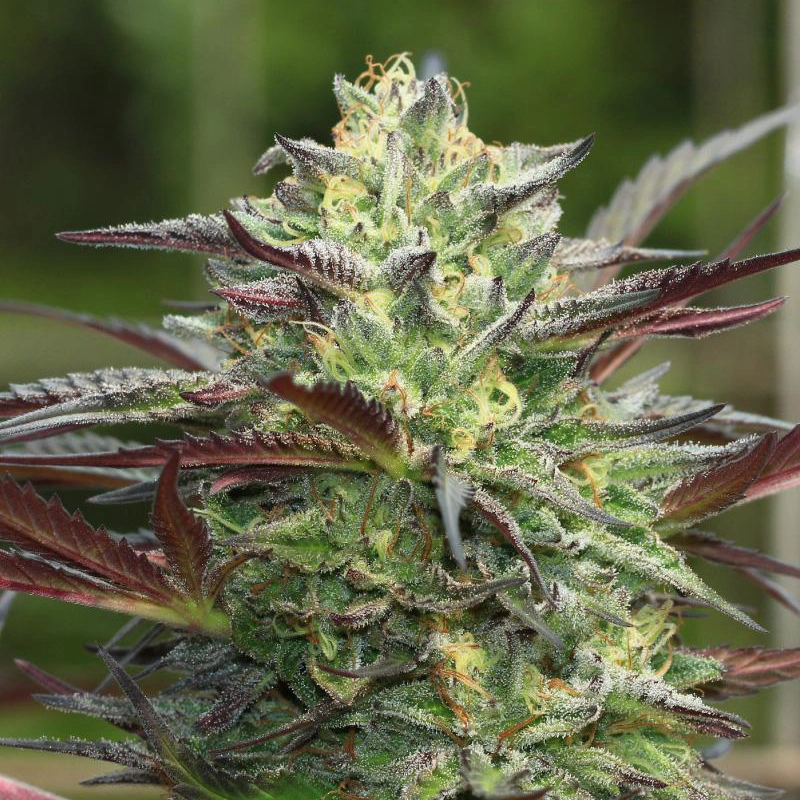
G. S. Cookies
G.S. Cookies (CBC 1%)
G.S. Cookies (GSC) is a powerhouse strain that broke new ground in the cannabis scene. Its potent, stoney buzz is beloved by consumers across the board. A deliciously skunky aroma with notes of dough and citrus delights the senses. GSC has around one percent CBC, making it great for people seeking a strain to relax. Try it post-workout to soothe sore muscles.
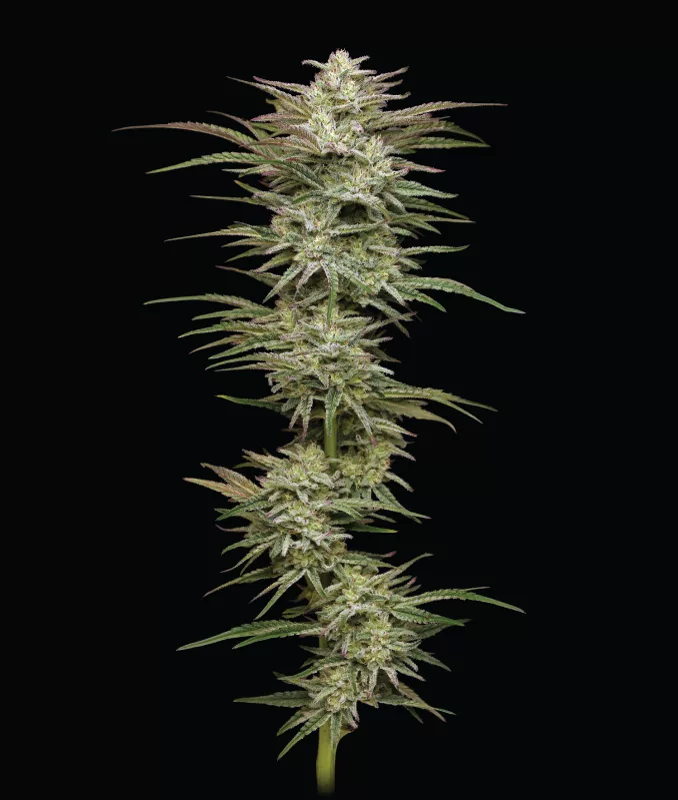
Jelly Donutz
Jelly Donutz (CBC 1%)
One of HSC’s most iconic strains, Jelly Donutz was initially created by crossing Hella Jelly with White Runtz. The candy-forward variety has hints of fuel that hit all the right notes. The effects are more uplifting and energizing, and it is a perfect daytime smoke. The presence of CBC will ensure the body feels as good as the mind. For cultivators, the resinous plants are highly sought after, dripping with trichomes by harvest time.
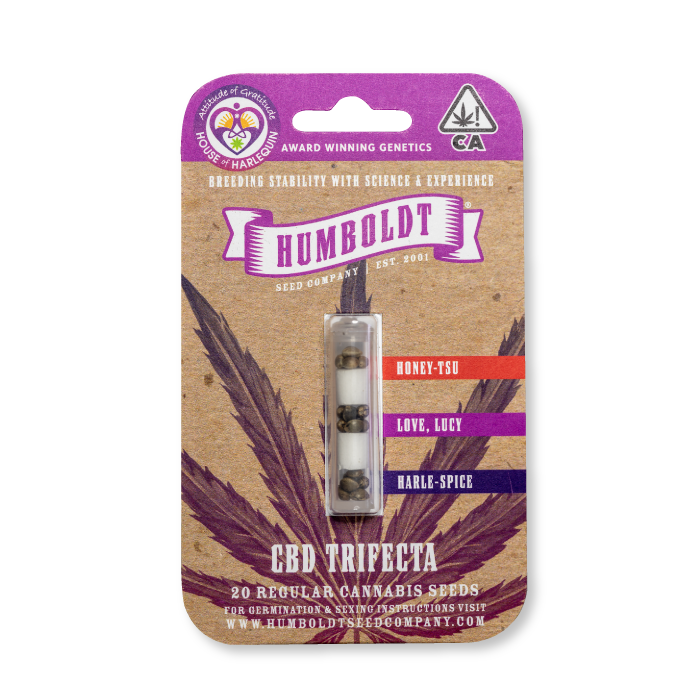
CBD Trifecta 20-seed pack
Harle-Spice (CBC 1%)
Another variety from the CBD Trifecta pack, Harle-Spice is an invigorating variety that stands out from the crowd. The aroma is diesel haze with a side of earthy citrus. In addition to CBC, Harle-Spice has CBG. This cannabinoid is great for focus, making Harle-Spice great for tackling that to-do list. Harle-Spice is a descendant of Harlequin, a beloved CBD (cannabidiol) variety that counts Columbian Gold as an ancestor.
CBC Cannabinoid FAQs
Still have questions about the hot new CBC cannabinoid? Here are some of the web’s biggest queries.
What does CBC cannabinoid do for you?
Early studies suggest CBC may have potential as an analgesic, a pain reliever, an anti-inflammatory, and a tumor fighter. It may also help enhance the effects of THC. However, more research is needed to confirm these results.
How is CBC different from CBD?
CBC interacts with the body in a different way than CBD. While they’re both cannabinoids, CBC gravitates toward receptors in the nervous system. CBD tends to work with receptors in the brain.
What does CBC make you feel like?
CBC is thought to be more of a therapeutic cannabinoid and could even be made into certain kinds of medication in the future. It may also act as an anti-inflammatory, meaning it could relax the body, especially aches and pains.
Does CBC get you high?
CBC is not overly psychoactive and should not produce a “high” like its cousin THC. However, every person reacts differently to cannabinoids so you should always start with a small dose when trying CBC for the first time to see how you feel.
Is CBC legal?
CBC products are typically hemp-derived, which are legal in all 50 states under the 2018 Farm Bill as long as they contain less than 0.3 percent THC. However, laws frequently, so be sure to check local regulations prior to seeking out CBC products.

